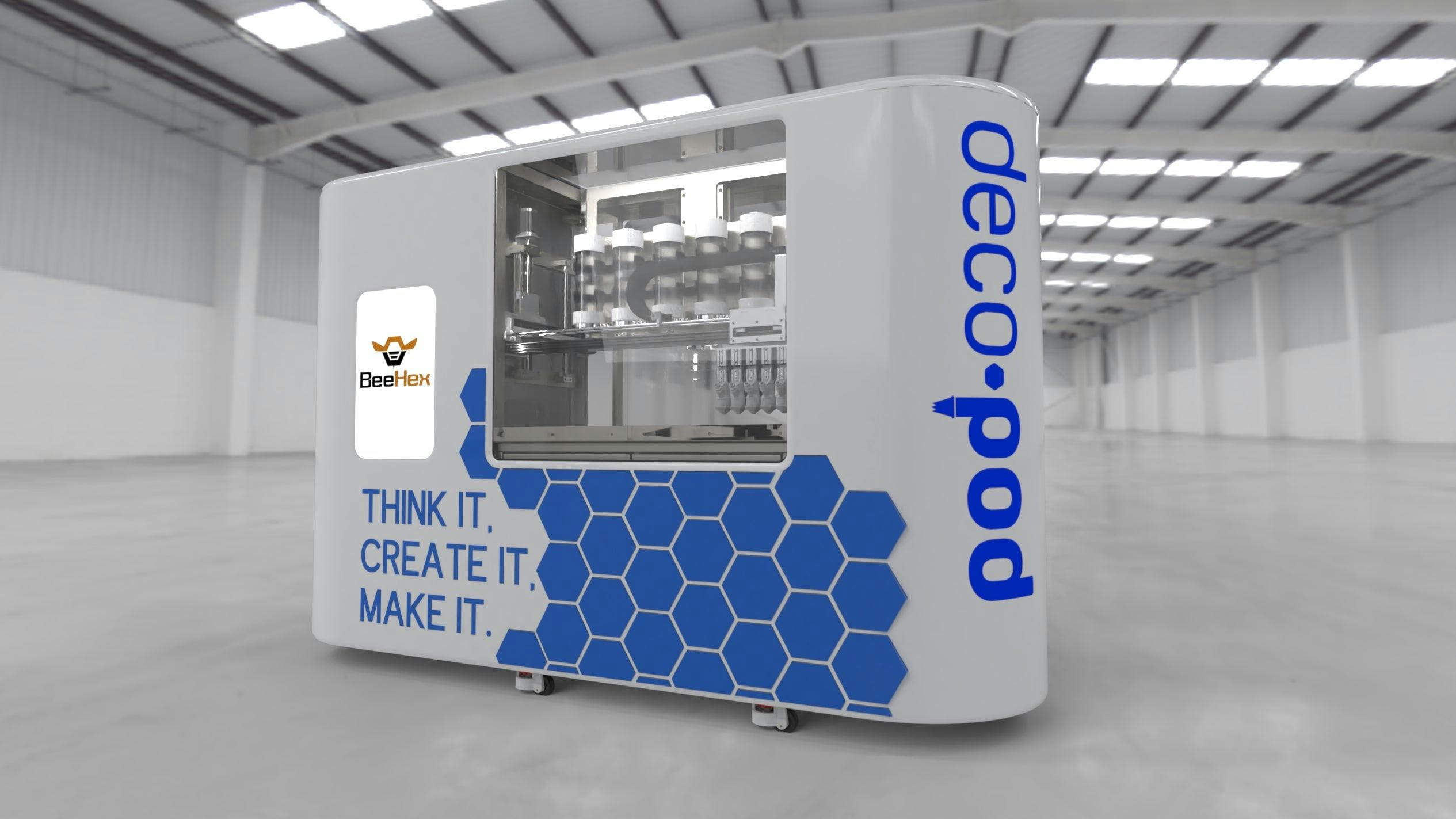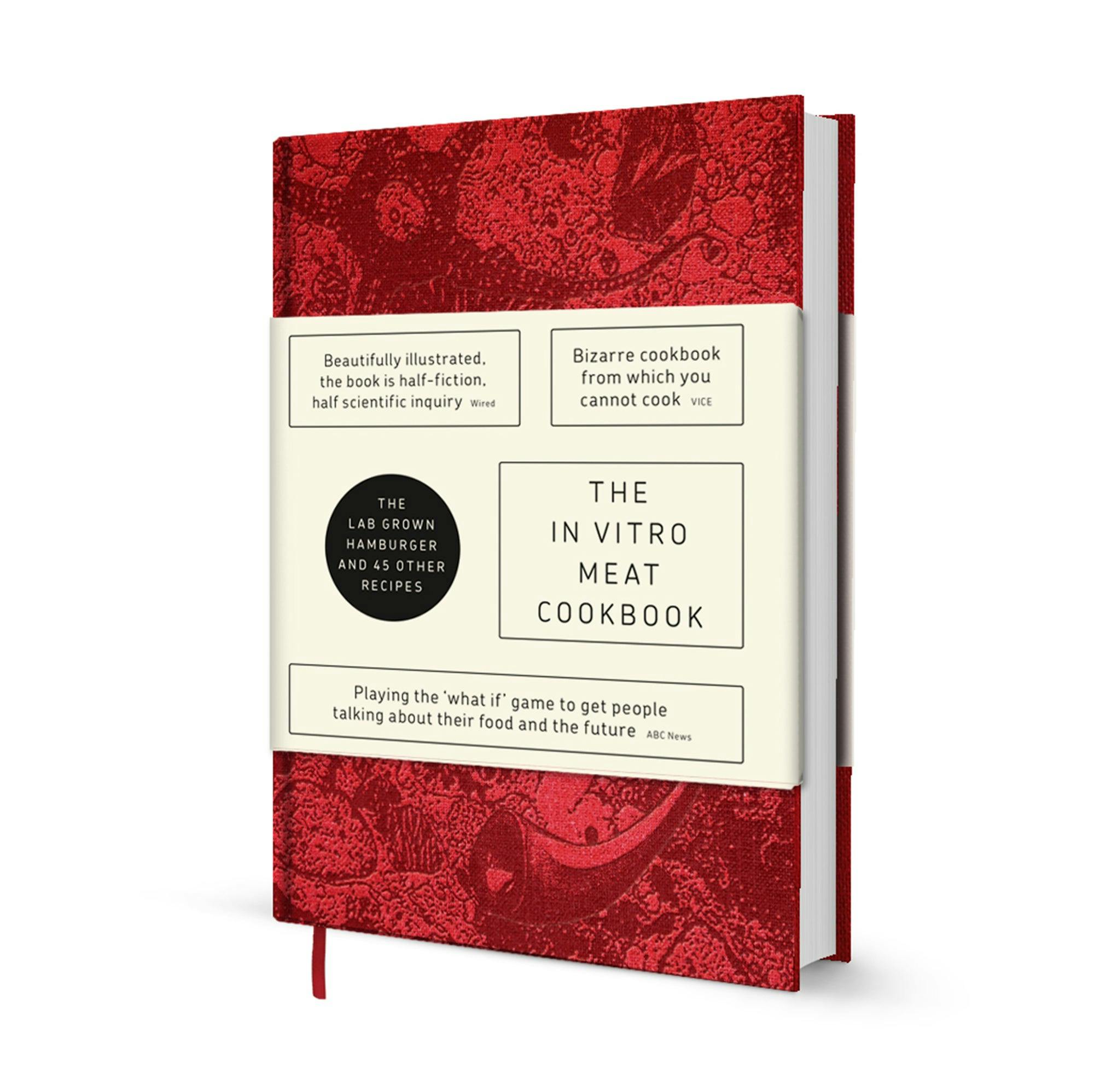Published Feb 21, 2020
Deep Space Foodies
How close are we to getting replicators to make food prep easier?

StarTrek.com
How to Make Bunnicorn Pizza From Star Trek: Picard
"Tea, Earl Grey, Hot" is one of the most familiar catchphrases from my favorite Star Trek captain– Jean-Luc Picard. Food replicators are an inevitable part of Star Trek's everyday experience. After all, most species do need to eat, and in long-term, deep space voyage and inhabitation mission, carrying or producing a fresh supply of food is inefficient at best, and utterly impossible in most cases.
But, as Earth's population grows and deep space travel horizons extend (for research and commercial missions), food manufacturing solutions are being developed and explored.
Anjan Contractor was the principal investigator in the original NASA bid for a nutritional solution for deep space missions. The challenge was to find an adequate and efficient solution that would offer a variety of food and textures, and that could qualify and quantify micro and macro-nutrients in food — the process of personalizing nutrients and calories the space voyager would have in each meal. Contractor's proposal was to 3D-print the food and NASA was excited about it.
The first phase was to use dehydrated materials and rehydrate it as it prints the food, resulting in the first 3D-printed space pizza. The deep-space nutrition project funds were eventually cut, but Anjan continued to explore and modernize food manufacturing solutions and founded BeeHex Inc. with Benjamin Feltner. The company worked within the commercial realm, using automated processes for cake and cookie decoration but kept working on solutions for food scarcity situations. Currently, they’re contracted by the United States Army to develop and deploy smart field kitchen systems that personalize food for soldiers, based on physiological needs.

StarTrek.com
According to Feltner, the user would be able to decide on all aspects of the meal – from the integrated micronutrients to form and texture and simply print it out. One core element they are focusing on besides the food quality is the speed of serve "speed is everything in these situations" says Feltner "we are creating a rapid 3D-printing process, where teams can line-up and just get the food as quickly as it is ordered."
The same technology can be applied to space missions in the not-so-far-away future. As discussions and plans extend towards crewed Mars and Lunar missions the only modifications would be in dealing with anti-gravity situations by adhering the print beds and applying pressure in food printing versus the current use of gravity. BeeHex’s future aspiration is to use the technology to solve the sustainability issue of meat production by exploring more sustainable 3D-printed cuts of meat. According to Feltner, the same technique could be used, in principle, to repair bone, cartilage, muscle, tissue, and skin.
Koert van Mensvoort is the visionary trying to take meat printing tech to the next level. Van Mensvoort is the founder of Next Nature Network. A philosopher, an artist and the author of "The In Vitro Meat Cook Book" (among other publications). After viewing his TEDx 'Meat The Future' talk – I assure you that meat will never be (or taste) the same for you. He stepped into the Clean Meat, or In Vitro Meat space ten years ago, looking for ways to produce meat without needing to harm animals. Such a prospect would change the perception and scope of meat consumption and notions related to nature.

StarTrek.com
Some of the challenges for mass fabrication of Clean Meat relate to cost. The first synthesized burger was created in 2013, but that whopper came with a whopping price tag of 250,000 $US. "The race now," says van Mensvoort "is to reduce the cost of production."
Van Mensvoort is also hopeful about the socio-cultural perception of man-made meat. "The conversation around it is evolving. Even though some people still have mixed feelings about eating In Vitro meat since they perceive it 'unnatural', there is an understanding that there is a need to find a better solution for meat production." Today, the pollution of meat production causes 15% of greenhouse gas. Growing In Vitro meat seems like a smart and sustainable solution, not only from a circular and ecological thinking as it solves issues around distribution, energy consumption, and waste.
So here we go. We might not all travel to deep space. Still, it seems that the path towards a household food replicators that would allow us to indulge in familiar and experimental cuisine (alien or earthly) is closer than ever. In the meantime, I will have to make my Earl Grey tea the old-fashioned way. Steeping one teabag in hot water for three minutes. One sugar and a dash of milk. Picard will have to wait.
Galit Ariel (she/her) is a TechnoFuturist and an immersive space explorer, passionate about a future in which technology is integrated into everyday life, but does not control it. She is a thought-leader in emerging tech, delivering content, keynotes and workshops at conferences and organizations such as TED, SXSW, Bell Labs, the European Union and more. As a creative, she explores the wild and imaginative side of immersive technologies and their impact on our cultures and behaviors? and the ethical issues related to them. You can find her on Twitter at @galitariel.

